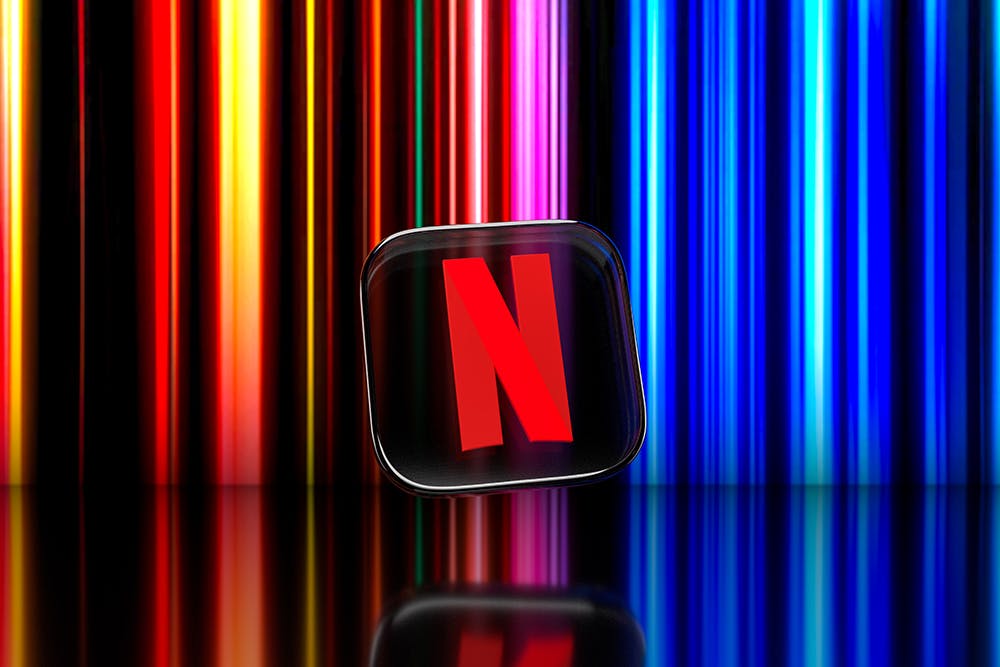Drama in Lille
Attending Series Mania in Lille for the first-time last week was a truly stimulating experience. Quite apart from dodging tear gas, burning bins, and hordes of riot police (courtesy of the proposed state pension reform – merde), the conference provided a fascinating insight into the European TV landscape.
Reflecting on it on the Eurostar back to London, we realised how often we (subconsciously) consider just the UK and US market trends, not least because of the shared language and often shared tastes in shows. However, having the opportunity to hear diverse viewpoints from industry leaders across the major European territories brought home the realities of the continent’s vastly different tastes in shows, the vastly different salary levels, and the gnarly nuances of non-linguistic co-production agreements – everywhere overlaid by the streamers’ pulling-in-of-financial-horns.
Looking back, some of the key takeaways from all the presentations and talks include the following overarching trends.
IP Development
One of the big takeaways has been the importance of IP for the future. With tighter budgets, commissioners need to de-risk the projects they commission in the future. Building projects on existing IP which has a pre-existing, dedicated fanbase is a sure-fire way to maximise the budgets. According to a study by Ampere Analysis, 42% of new projects launched in the US in the past year, and 28% of those in the UK, were IP-based – whether remakes of old TV shows, or adaptations of books and games.
It’s simple enough to say that existing IP will always perform well, but 2023 is already turning into the year of the gaming-turned-media-IP super trend. According to Omdia, there was a 50% growth in game-to-film/TV adaptations between 2021-22, but with the meteoric global success of The Last of Us from HBO at the start of this year, the rest of 2023 will see Gran Turismo, Super Mario Bros. Movie, and a Sonic series released across a variety of platforms and mediums.
It makes perfect sense. First, as Reed Hastings once put, Netflix’s competition was not with traditional broadcasters, but with all platforms, businesses, and hobbies competing for everyone’s attention. The gaming industry is worth over $210bn globally, operates to build and extend IP, and already commands a high percentage of people’s time – especially the youth demographic, where 90% of 18–44-year-old cinemagoers also play video games.
It makes logical sense to take an IP based on a video game and develop a film or TV project. It’s opening an avenue to entice younger viewers to the platform and/or channel. We see the likes of Ubisoft running their own dedicated Film & TV division, bring their existing gaming IP to the big and small screens. Assassin’s Creed will be developed into both a feature film and a Netflix series; the streamer has also boarded a movie adaptation of The Division, with Jake Gyllenhaal and Jessica Chastain set to star.
While streamers are slimming their commissioning budgets, data from a recent Ampere Analysis report indicates that streamers make up just 25% of original content spending in the industry. The linear and public service broadcasters have always faced peaks and troughs, yet the industry continues to propel to new heights. The balance of power does indeed appear to have shifted away from the streamers dictating the market direction, back to the broadcasters.
Co-Productions & Financing
As has been widely documented in the industry press, streamers and broadcasters are increasingly focused on their budgets and content spend – and establishing sustainable business models. The era of free-money, commission-everything is now over. As content budgets shrink, commissioners must be evermore careful with their figures and make every dollar stretch. This means that whilst big-name IP will still require (and will no doubt receive) big budgets and big-name talent, for others the cross-bordering of shows, co-productions, and production incentives are more important than ever. One big term was ‘glocal’: creating domestic shows but bringing on international partners to get it made and distributed – similar to the way the film industry often operates.
Streamers are increasingly focused on customer retention over acquisition – partly due to market-saturation, but also from a focus on ROI and profit – making co-pro’s, licensing, and bundling deals more of an attraction. We might even start to see more imaginative territory-specific and windowing deals being done. Co-productions in particular, whilst talked about a lot, are clearly still very under-utilised, no doubt due to the complications of getting them underway – of the 22k episodes made last year, only around 680 were co-productions and of those, only 385 were non-linguistic.
Drama Trends
Alongside the evergreen popularity of crime dramas, true crime adaptations, and Scandi-noir-style detective shows, other increasingly popular show-types mentioned included the return of the classic Western genre, nostalgic shows set in the 1980s/90s, human drama, and franchisation – in other words sequels, prequels, and spin-offs from existing TV and Film IP. But overwhelmingly, the terms eco-thriller, dystopian drama, and apocalyptic sci-fi were some of the most-used phrases at Series Mania and represent a key emerging trend. With the success of HBO’s The Last of Us and Amazon’s The Rig, the dramas are clearly fuelled by the climate crisis and, as the Guardian describes, act on the viewer like a form of self-punishment.
German-French-Italian co-production The Swarm continued its media frenzy after its launch on ZDF last month, achieving over 6.8m viewers on broadcast and a market share of almost 25%. It was joined by Viaplay Originals’ The Fortress, set in 2037 and imagining Norway has built a countrywide wall around the borders fuelled by a desire to be entirely self-sustaining. By shutting itself off from the international world and creating a faux-Eden inside of the wall, while wars and pandemics threaten life in other countries and forces thousands to seek asylum – it taps into plenty of current underlying ideologies across Europe – yet in this dark drama, an outbreak of an unidentified bacteria threatens the near-perfect life, and the politics descend into nationalism. Definitely one to watch!
All-in-all, it was an incredibly interesting and useful few days in France – and a wonderful opportunity to get insight into the broader European TV world. From David Kavanagh (FSE)’s shocking stats on the vastly disparate salaries of series writers across Europe, to the exclusive sizzles and teasers from the likes of Sky, Netflix, and Paramount on their hottest upcoming shows, our understanding of the challenges and opportunities across the region have been dramatically and invaluably increased!




